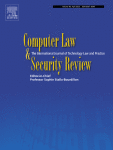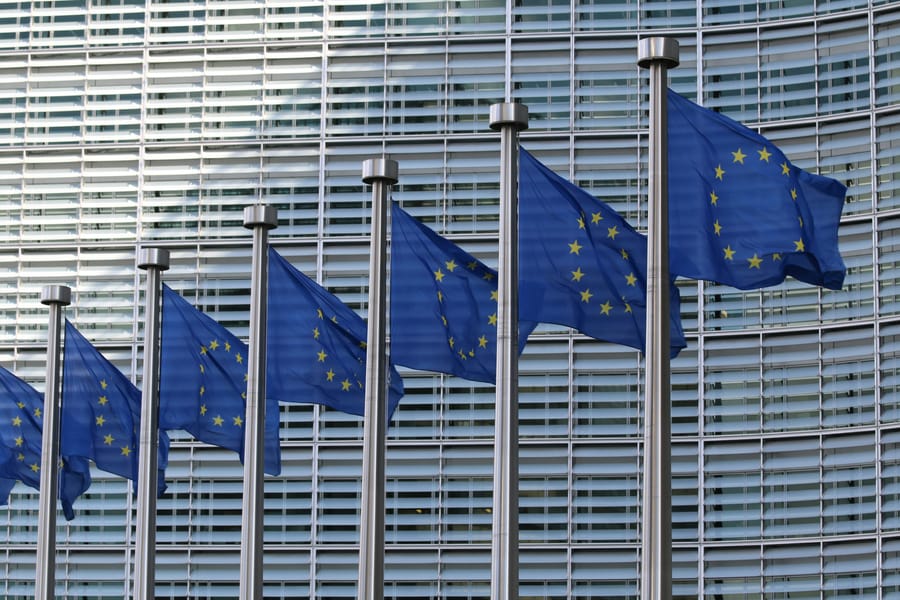The conflicting relationship between two key European Union regulations—the EU AI Act and the GDPR—creates significant legal uncertainty regarding the non-discriminatory application of artificial intelligence. According to a February 2025 analysis by the European Parliament Research Service, this issue is particularly pronounced in the case of high-risk AI systems, where one regulation explicitly encourages, while the other strictly limits, the processing of protected personal data (such as ethnic origin, religion, and health information).
The root of the issue is highlighted in the European Parliament Research Service’s February 2025 analysis, which notes that, to prevent discrimination, Article 10(5) of the AI Act permits the processing of special category data when strictly necessary for monitoring, detecting, and correcting biases in high-risk AI systems. A concrete example is that employers would need to know applicants’ ethnic origins to assess discrimination in algorithms used in the employment sector, as supported by Van Bekkum and Borgesius’s study: to evaluate whether an AI system disadvantages job applicants based on certain ethnic origins, the relevant organisation must have access to the applicants’ ethnic data. The March 2025 report by legal experts Doklestic Repic & Gajin also observes that this creates a situation where compliance with one framework risks violating the other.
The AI Act explicitly states that it does not affect the application of the GDPR, yet the precise legal relationship between the two regulations remains unclear. The European Parliament Research Service acknowledges a shared uncertainty about how to interpret the AI Act’s provision on processing special category data to prevent discrimination, and notes that the GDPR, which restricts the processing of such data, may prove restrictive in an environment where AI dominates numerous economic sectors. The solution will likely require amendments to the GDPR, the AI Act, or both.
Sources:
1.
European Parliamentary Research Service – Policy highlights on the AI Act and general-purpose AI systems.
2.

3.










